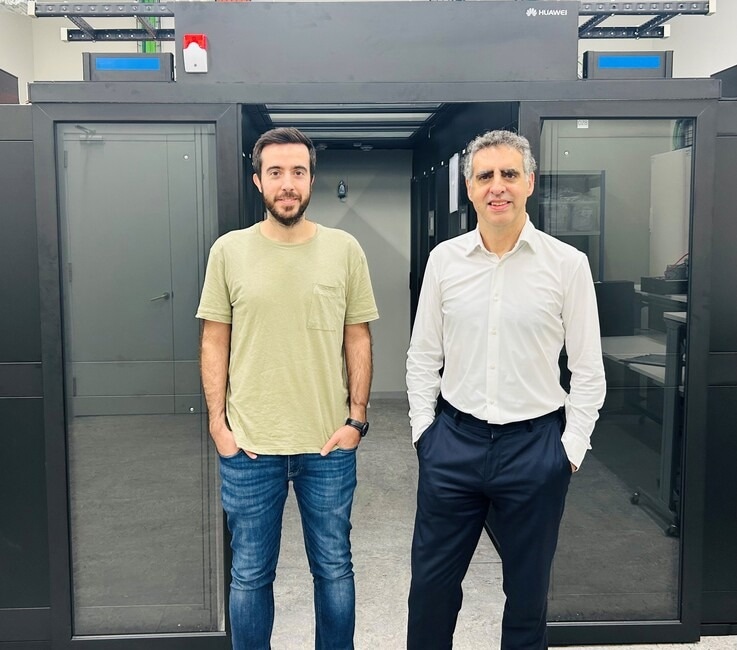Reviewed by Danielle Ellis, B.Sc.Nov 27 2024
In recent years, biomedical laboratory research has undergone tremendous change, to the extent that computers have frequently replaced test tubes. In this context, many discoveries now start with in-depth analyses of molecular and cellular databases, are then verified and expanded through experiments carried out in the traditional white lab coat, and are finally translated into clinical settings by white-coated professionals in hospitals.

Image Credit: Josep Carreras Leukaemia Research Institute
The so-called “database engineering” has allowed many mathematicians and computer scientists, who frequently play crucial positions on this chessboard, to conduct biomedical research.
A new example of the power of bioinformatics is presented in the study published in the journal Leukaemia part of the Nature group, which was led by Dr. Manel Esteller, Chairman of Genetics at the School of Medicine of the University of Barcelona and ICREA Research Professor at the Josep Carreras Leukaemia Research Institute (IJC).
The study makes epigenetic maps of over 200 cell lines derived from various malignant blood diseases and their associated organs, including leukemia and lymphoma, available to the scientific community. Dr. Aleix Noguera-Castells is the primary author of the work, and Dr. Josep Maria Ribera's Lab, also from the Josep Carreras Institute, collaborated on it.
The epigenetic profiles of the most extensive collection of cultured cells derived from transformed cells in the bloodstream, bone marrow, and lymph nodes up to date, examining in them over 800,000 sites of genome modification due to DNA methylation.”
Dr. Manel Esteller, Research Professor, Josep Carreras Leukaemia Research Institute
This covers cancer samples from both humans and mice, thus basic, applied, and clinical researchers may find value in the patterns found.
Esteller also emphasized, “A particularly important point is that the epigenomes we obtained are very similar to those of patients’ primary tumors.”
This means that this database can be used as a reference for diagnosing blood cancer when questions arise regarding its identity and classification. Computational algorithms can be used to do this.
We have previously proven the success of this method with brain tumors and sarcomas.”
Dr. Manel Esteller, Research Professor, Josep Carreras Leukaemia Research Institute
“Now, a separate algorithm can predict which epigenetic lesion is associated with sensitivity or resistance to a medication,” Dr. Esteller said, referring to the study's cross-referencing of the epigenetic data with information on the sensitivity of over 300 drugs in addition to the pure characterization of the epigenome of malignant cells. This is a significant milestone for clinical research.
The research team is certain that the described characterization connected to drug sensitivity will be a useful tool to accurately identify tumors of unknown origin and assist in selecting the appropriate therapeutic choice, especially given the data's wide access and uploading to online public repositories.
Source:
Journal reference:
Noguera-Castells, A., et al. (2024) A DNA methylation database of human and mouse hematological malignancy cell lines. Leukemia. doi.org/10.1038/s41375-024-02478-2.